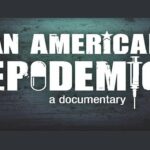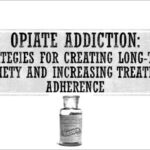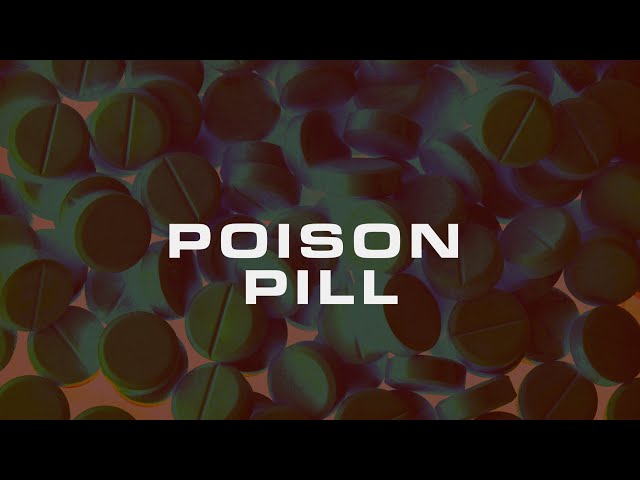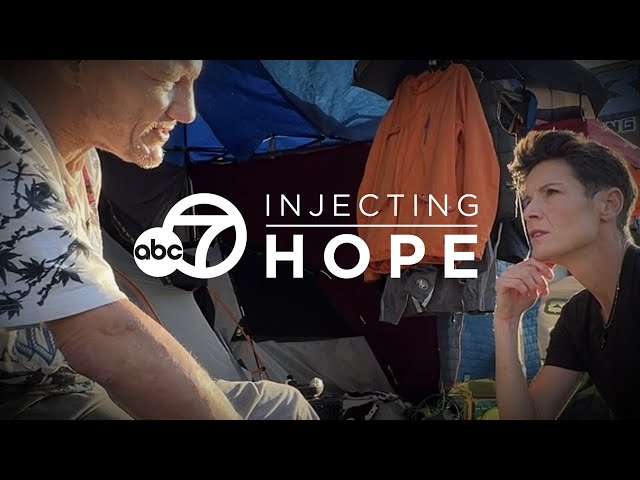Introduction
This documentary is a must-see for anyone wanting to learn more about addiction and youth drug use and how the overdose epidemic / opioid crisis is affecting children and young adults.
“My name is Michael DeLeon and I run a non-profit organization called Steered Straight. In 2010, my best friend’s daughter Amber died from a heroin overdose. She was 21 years of age and she was a 3rd-year student in one of the most prestigious colleges in all of America – very hard to get into and she had a 4.0 GPA. She was 21 and had a beautiful family – a two-parent household – every protective factor you could have as a kid. And she passed away from a heroin overdose. The night of her service, 300 people were walking around on eggshells afraid to mention the word ‘heroin’, afraid to mention the word ‘overdose’, afraid to mention the word ‘addict’.
In America during 2010, we were in the beginning stages of a heroin epidemic, and I knew that I had to go out there and say something, but do it in a way visually that I can impact all audiences. I wanted to send a message to America that this was a crisis that affects all of us.
I interviewed over 137 kids that were homeless heroin addicts on the streets of Camden, New Jersey. This was released in 2011 and is as relevant today as it was then. We are in the middle of a new “Kids are Dying” sequel about the fentanyl poisoning problem in America, but this movie is so important, so profound, so relevant to today, I felt that I needed to re-release it.”
You can also watch Michael’s second documentary – An American Epidemic – where he details how this problem is not only happening locally in Camden, but also nationally.
Watch Now!
After watching the following video, you are welcome to share your experience by providing a review of the resource.
Quotes
“Her battle with drugs began when she was 13 years old. It started off with marijuana use and progressed to doing pills and that slowly progressed to heroin use, which ultimately led to her passing in September. They don’t know what they’re putting into their bodies. How do you know what you’re getting that’s been manufactured by somebody and handed down probably 20 times to the local guy that they’re buying it from.”
“Kids will talk about preferring to pop an oxy rather than smoking marijuana because you don’t smell like smoke. You can stash it away someplace so if you’re searched it doesn’t show up. So they have become a popular go-to drug for high school age students in all kinds of social situations.”
“There’s ‘pharma parties’ … where kids go through their parents’ medicine cabinet, pick something, and that’s your admittance into the party. There’s these huge bowls of god knows what, anything from Ritalin to blood pressure medication to Vicodin and Oxycontin. So that’s how these kids are getting started … experiment with prescription drugs and then become addicted.”
“People say ‘Oh well, that’ll never be me. I get my drugs from the doctor and they’re prescribed.’ Well, the day is going to come where you’re going to run out because your tolerance builds and builds. Your doctor is only going to prescribe so many and you’re going to overdo it. One day, you’re going to run out, you’re going to get sick and feel that feeling. You can say that you’ll never do it all you want, but when you feel that feeling you’ll do anything to make it stop. You’ll hurt your family, you’ll steal from anyone – it doesn’t matter. You’ll do anything to stop that pain.”
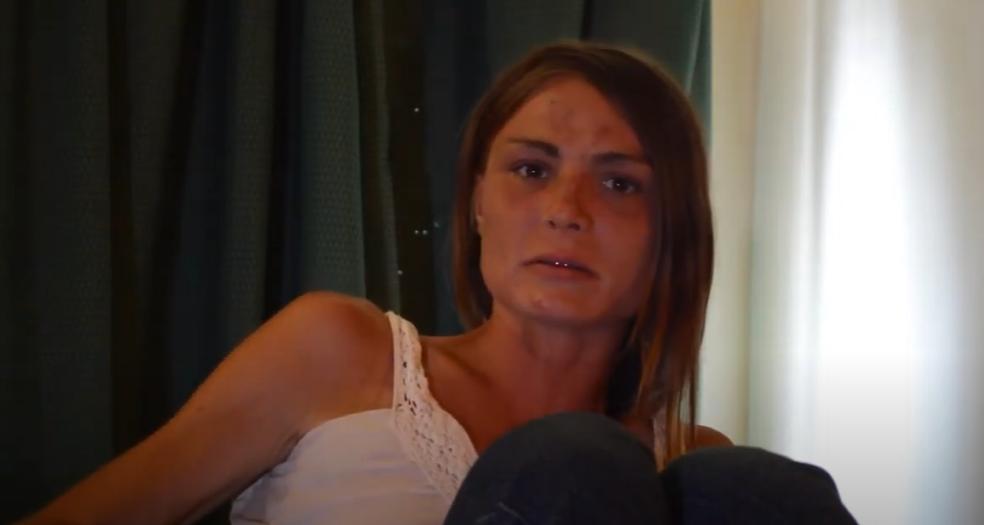
“Do not end up like me, trust me. It’s not the life you want to live. It’s not glamorous, it’s not fun. I’m really dead inside. I’m really killing myself.”
“I don’t miss the chaos of the addiction. I think any parent that struggles with a child that’s an addict or anybody that’s an addict, the chaos of addiction is just that. I miss my son but I don’t miss that.”
“If they get a check engine light in their car they go, ‘Oh man, I got to take this car and have it checked out.’ Well, their kids are showing them ‘check engine lights’ and they’re not taking them to check out the problem. There’s warning signs but they may not even know what the warning signs are.”
“Over lives turned into inpatient and outpatient rehabs and NA meetings. I would drive them to their meetings and wait in the parking lot for them to finishing … watch them smoking their cigarettes, talking among their peers … I was heartbroken because I should be picking them up from the basketball game, not from this authentic ugliness of life.”
“I think parents need to be aware that this is a huge people … people who are using drugs and alcohol are incredibly creative and good at covering that up and if someone initially answers ‘no’ to a question you may need to look a little bit further.”
“One scary aspect of this epidemic is the age of first use, which is getting younger and younger. When I started in this field the average age and treatment was approximately 52 years of age … now it’s in the elementary schools.”
“I found a great deal of trauma and physical and sexual abuse through many of the people that I interviewed. This is something we almost never talk about but it’s something we must face in order to recover.”
“When you’re talking about overdose deaths, that’s the tip of the iceberg. There’s a lot of other suffering that goes on with people … it tears up families, it really robs people of their self-esteem and their potential, and we see that all the time. Addiction is a disease that affects all areas of our lives. It paralyzes us and it devastates our family members.”
Continue Learning
Please view the following additional resources to continue learning about some of the topics discussed in this resource. If you have any suggestions, concerns or general comments, feel free to contact me as well!

